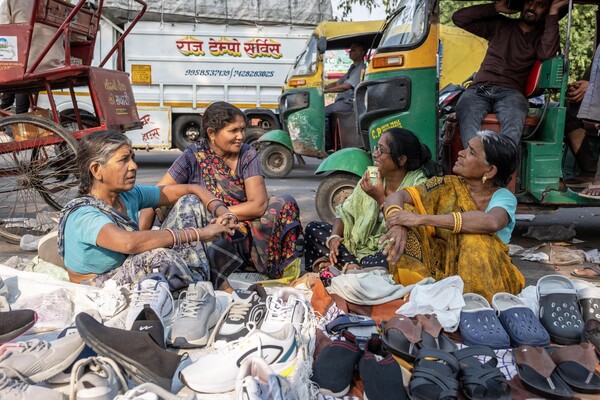
Image: Andriy Onufriyenko via Getty Images
Extraordinary circumstances require extraordinary problem solving. The pandemic is an opportunity for clinicians to think differently and consider a decision-making framework that minimizes infection risk, honors patient/family relationships, upholds culturally important rituals of dying, and mitigates potential psychological harm precipitated by the trauma of family separation.
In an editorial in the journal Intensive Care Medicine, researchers suggest an alternative pathway to patients dying alone in a hospital. They advocate that infection control, public health concerns, and family-centered care can coexist and urge reconsideration of adult family member presence at the bedside of patients during COVID-19.
“With careful screening, education, pragmatic psychosocially oriented facilitation, and teamwork, we can accommodate the very real needs of patients to not be alone, for families to fulfill their sense of responsibility and duty, and for staff to uphold the tenets of family-centered care,” writes Martha A. Q. Curley, professor of nursing at Penn Nursing, one of the editorial’s authors. “Dying alone, despite adhering to social distancing, should not be part of dying at all.”
Read more at Penn Nursing News.
From Penn Nursing News

Image: Andriy Onufriyenko via Getty Images

Four women street vendors sell shoes and footwear on a Delhi street.
(Image: Kannagi Khanna)

nocred

nocred